Japanese "Keshi" figure erasers that were released in the early 1980's.
Following the success of the "Super Pro-Wrestle" (the world's first Pro-
Wrestling keshi series) line of Keshi, Japanese toymaker Popy (now
BANDAI), numerous
The newly rebranded "The Pro-Wrestle" series featured a similar mold
style to series 1 with a larger roster of Wrestlers added (some of which,
making their figure debuts for the first time ever).

The world's first Keshi of Hulk Hogan.
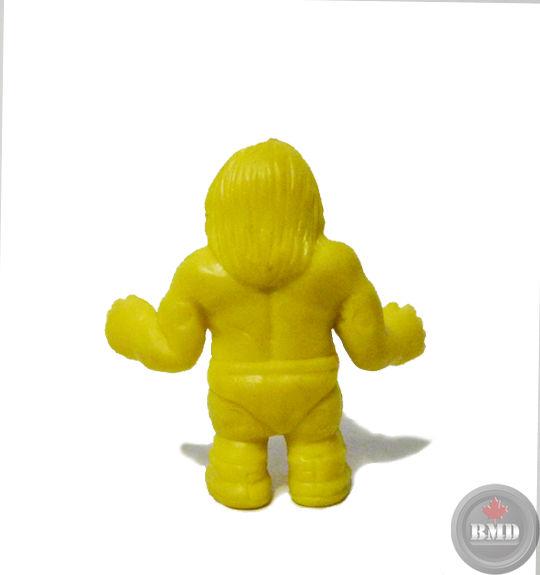
This Keshi figure was released before Hogan would adopt his famous red and
yellow ring attire.
Additionally, this wave of Keshi does not feature any stamps, Wrestler names
or any other engravings on the backs of any of the figures.
yellow ring attire.
Additionally, this wave of Keshi does not feature any stamps, Wrestler names
or any other engravings on the backs of any of the figures.

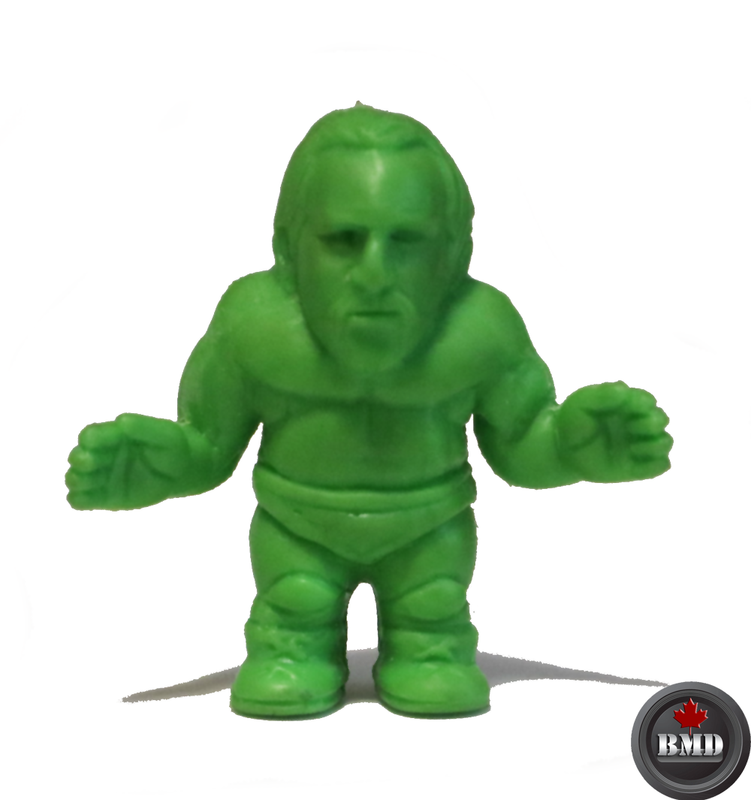
Hulk Hogan light green variant.

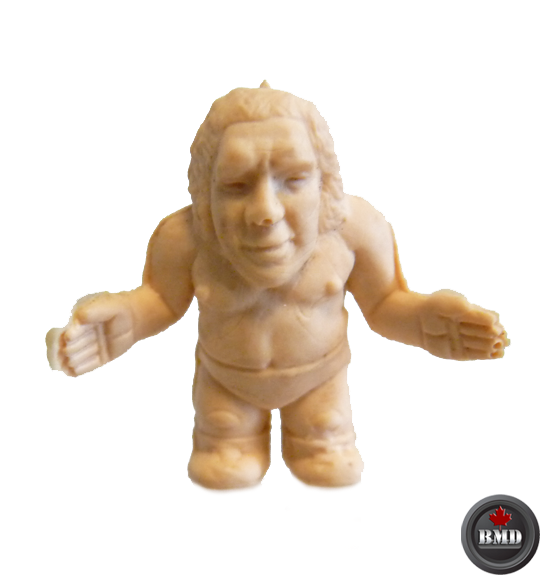
Andre The Giant makes his second appearance in Keshi form; this time
with longer, less-afro-like hair.
with longer, less-afro-like hair.
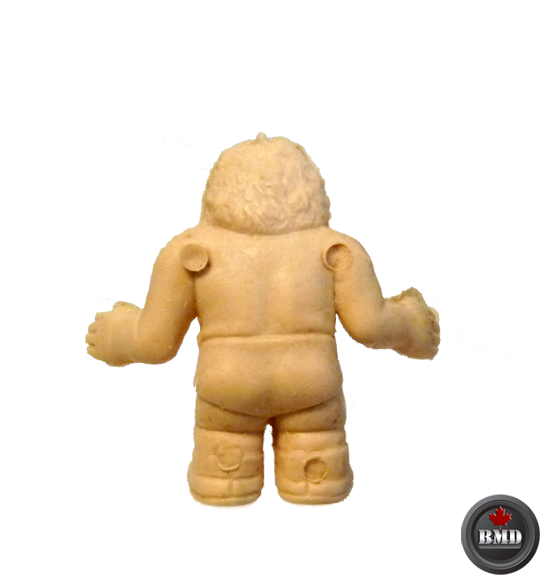
This ghostly variant is known as the "cream" colour version.
A runoff of the molding cast used to create these Keshi figures is most
visible with the above Andre keshi.
A runoff of the molding cast used to create these Keshi figures is most
visible with the above Andre keshi.

The yellow variant of Andre The Giant.

The light green variant of Andre The Giant.

The pink Andre The Giant variant.

Blue Andre The Giant.
One of the common mold issues with this Andre Keshi is the small
hole placed at the tip of Andre's nose.
One of the common mold issues with this Andre Keshi is the small
hole placed at the tip of Andre's nose.
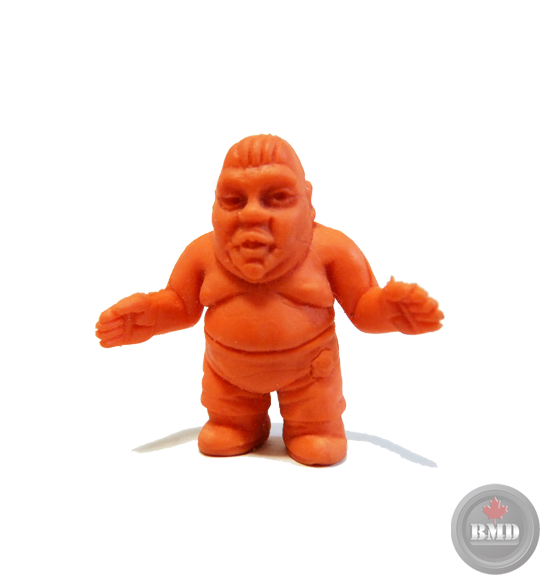
The bulkiest figure from the set is Abdullah The Butcher.
With forehead scars and emblem on Abby's Tae Kwon Do pants,
this Keshi closely resembles the series 1 Abdullah The Butcher
keshi released in 1982.

How can you tell the difference between a series 1 and series 2 Abdullah
The Butcher keshi?
* Series 2 has no markings on the back of the keshi
* Series 2 has a face sculpt with an open mouth design
* Series 2 has Abby's Tae Kwon Do emblem on the right
* Series 1 features a pointed boot design
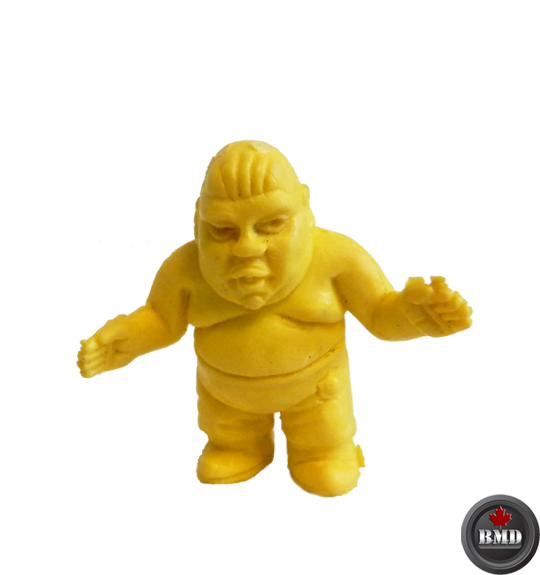
The yellow Abdullah The Butcher variant.

This wave of Wrestling Keshi would be the first of the series to be released
without any copyright markings on the backs of each figure (some collectors
question where these Keshi were actually bootlegs).
As Tiger Mask was not featured in this wave of Keshi, the need to include
the Popy Corporation or Ikki Kajiwara (the creator of Tiger Mask)'s initials
wasn't necessary.
Popy/Bandai would rectify this issue in future releases by adding each
Wrestler's name (or the company's copyright) to the backs of each figure
in waves to come.
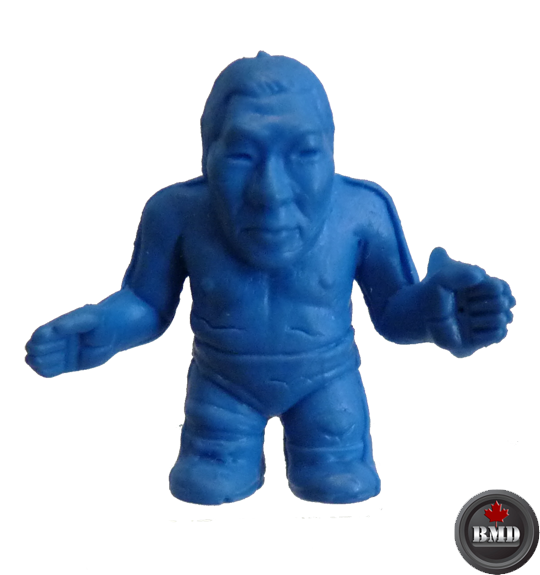
Giant Shohei Baba.
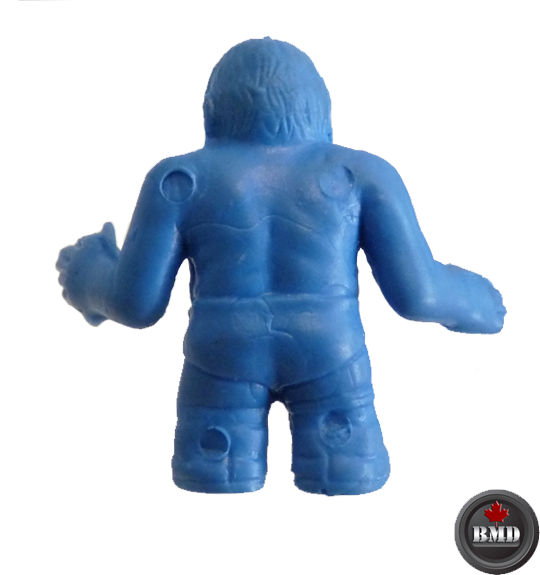
While modern Wrestling figures feature Wrestlers from one specific
promotion, the roster from the early 1980's Popy Keshi were
individually licensed; allowing kids and collectors alike to set up
their own cross-promotional dream matches.
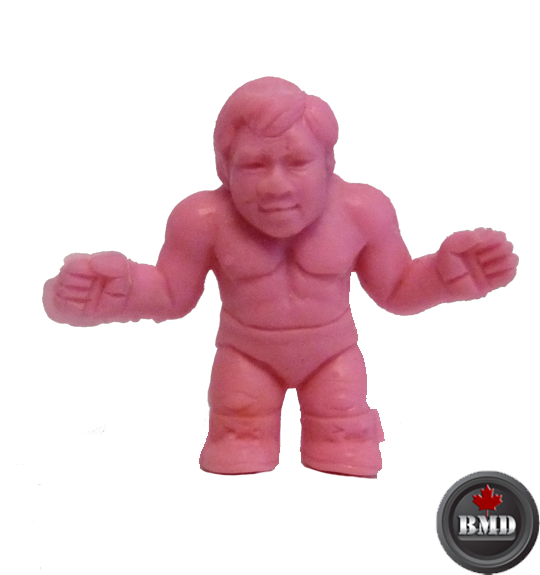
Quite possibly, the world's first Tatsumi Fujinami figure!
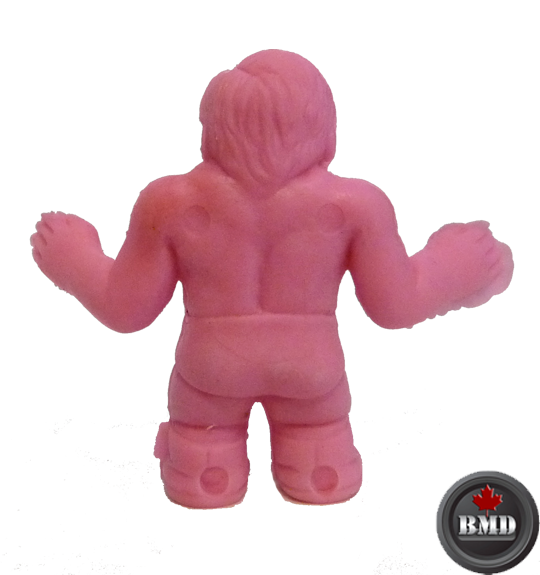
Also...quite possibly the world's only pink-coloured Fujinami figure.
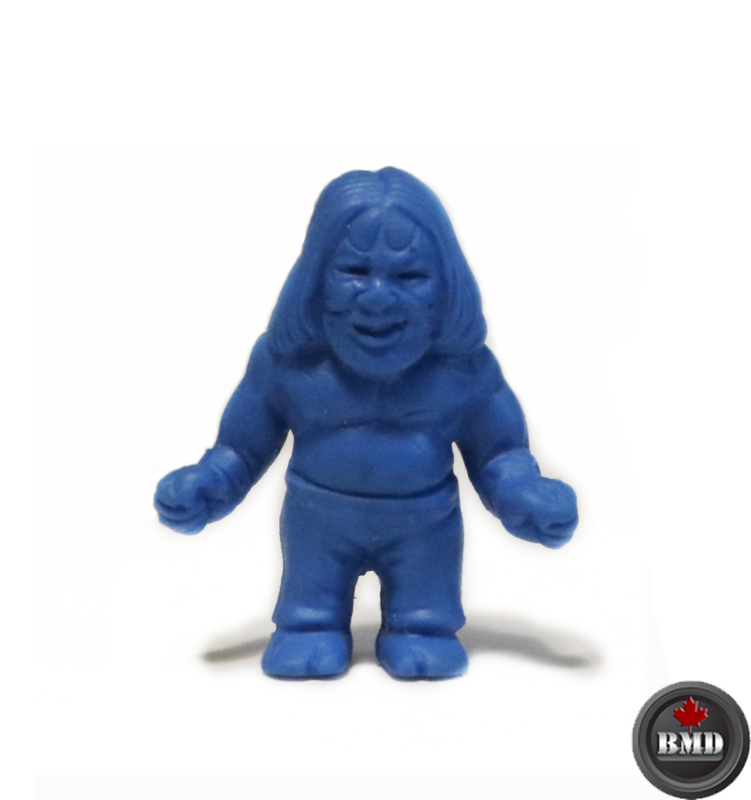
Next up is quite possibly the world's very first The Great Kabuki figure;
putting the creation of this particular series around 1983 (when Akihisa
Mera began portraying the Kabuki character).
putting the creation of this particular series around 1983 (when Akihisa
Mera began portraying the Kabuki character).

This particular design of the Great Kabuki features Kabuki's ring pants,
Tabi footwear and distinct facepaint.
Tabi footwear and distinct facepaint.
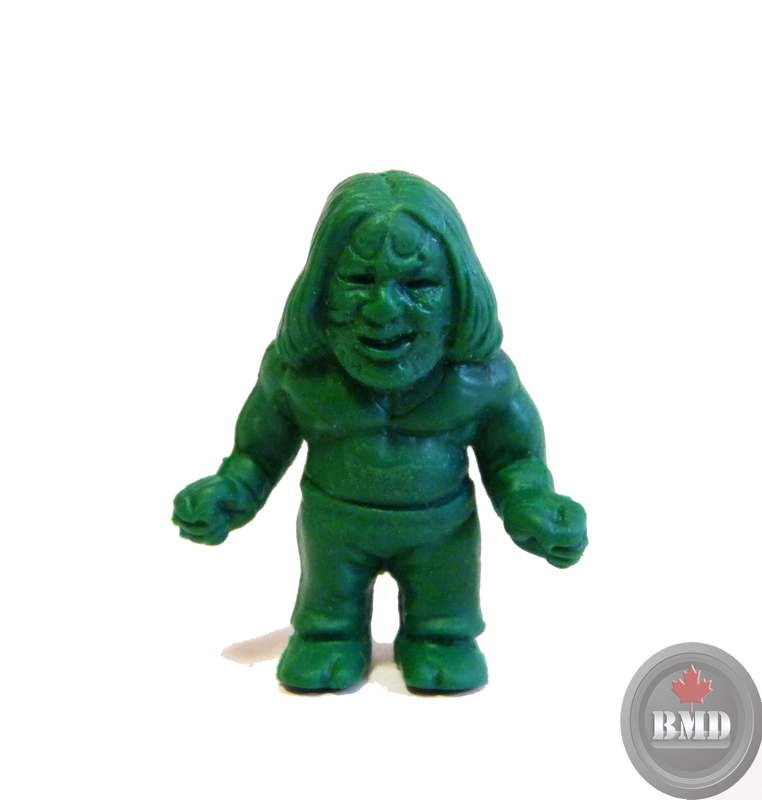
Plus, The Great Kabuki keshi also contains a menacing snarl!
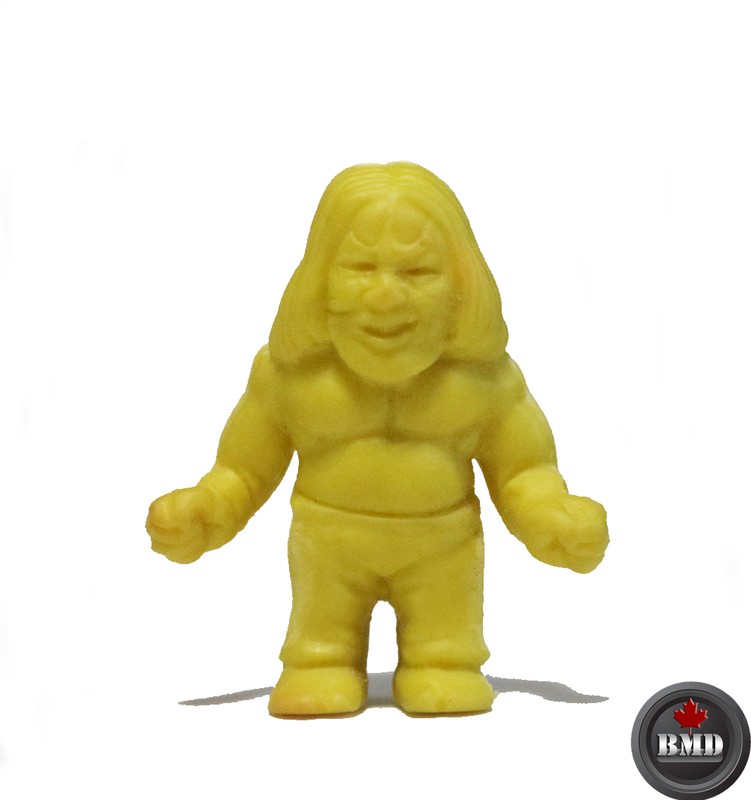
The Great Kabuki yellow variant.
It's normal for yellow variants to contain orange-coloured staining.
This occurance is prevalent with other Keshi that use the same
dye.
This occurance is prevalent with other Keshi that use the same
dye.
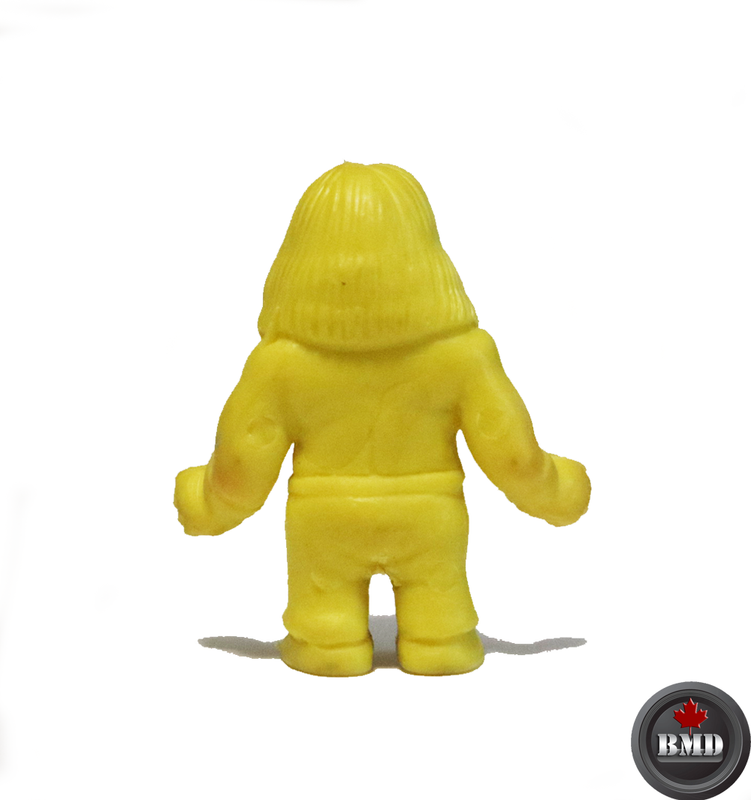
The orange staining can also be seen on Kabuki's left elbow.
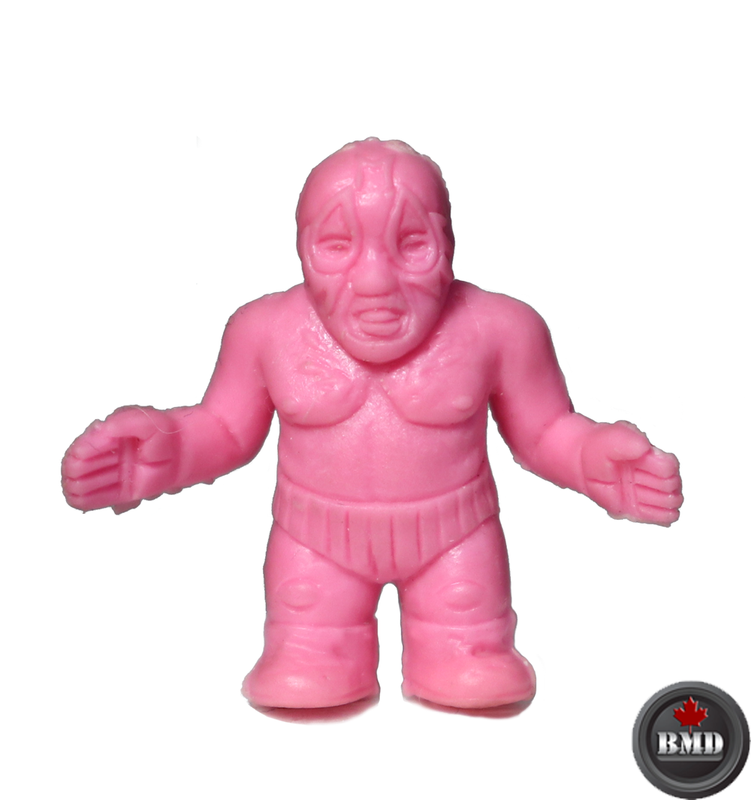
Mil Mascaras makes his second appearance in Keshi form.

Mil's second keshi is a good example of how Popy shrunk the scale
of their keshi figures in order to add more Wrestlers to the roster.
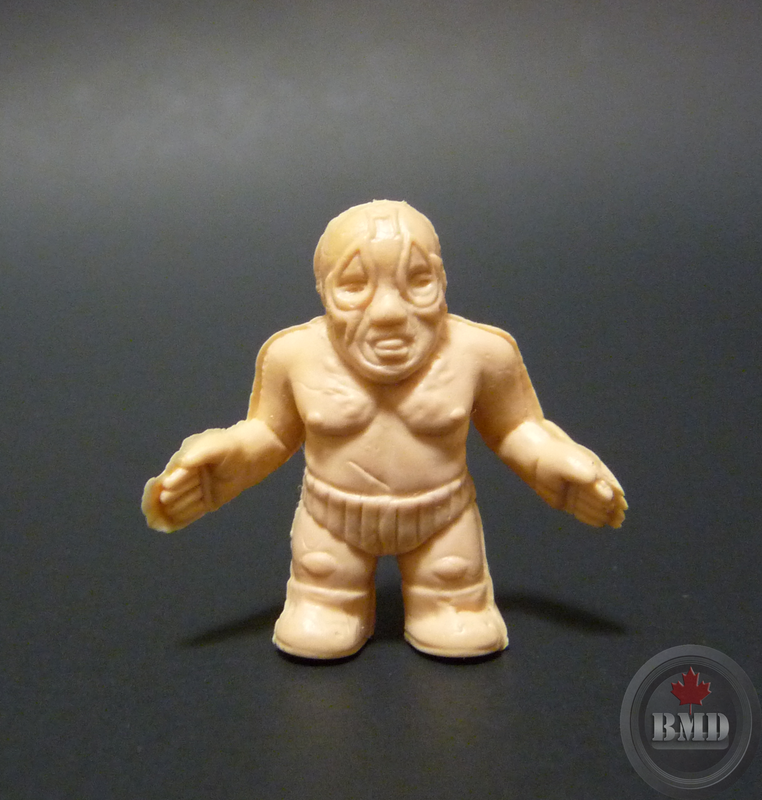
Another irregularity from the mold itself that is common with Mil's second
Keshi figure is the weird splatter design on Mil's chest.

Perhaps Popy/Bandai just wanted a Mascaras figure with chest hair.
Just like any other collectible, condition is everything. Trying to find
Keshis in perfect condition from the early 1980's that aren't scuffed
up, cracked or used as erasers (which was their original intention)
is a real challenge.
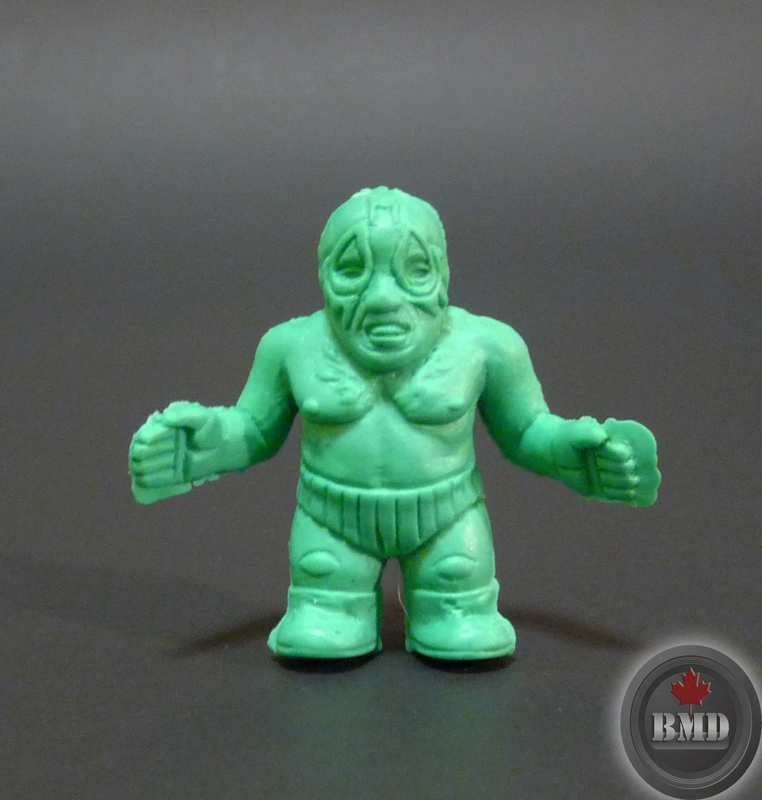
Mil Mascaras in seafoam green.
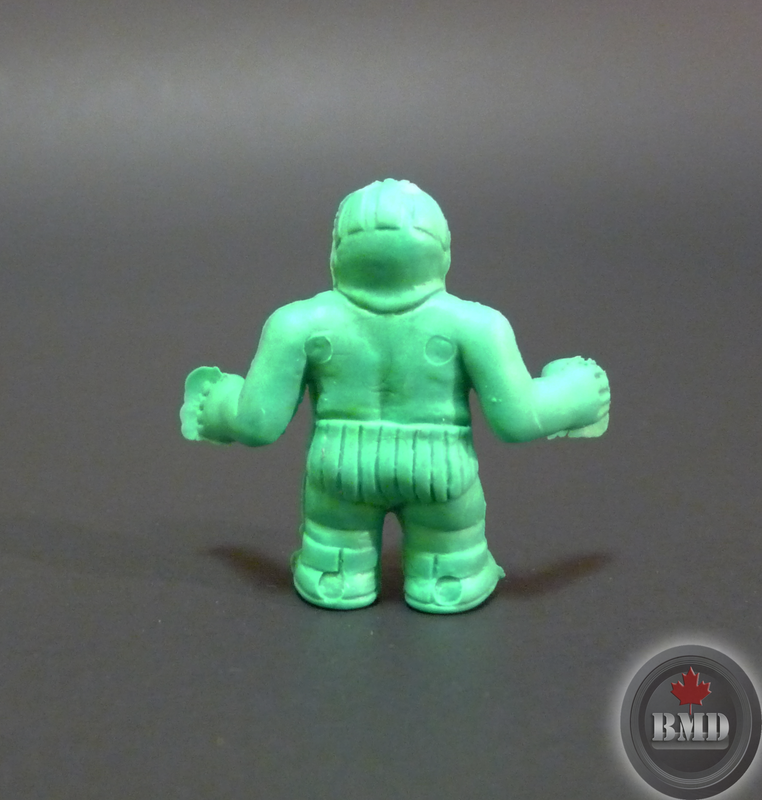

Starting to feel a bit overwhelmed? Mil Mascaras in a darker green variant.
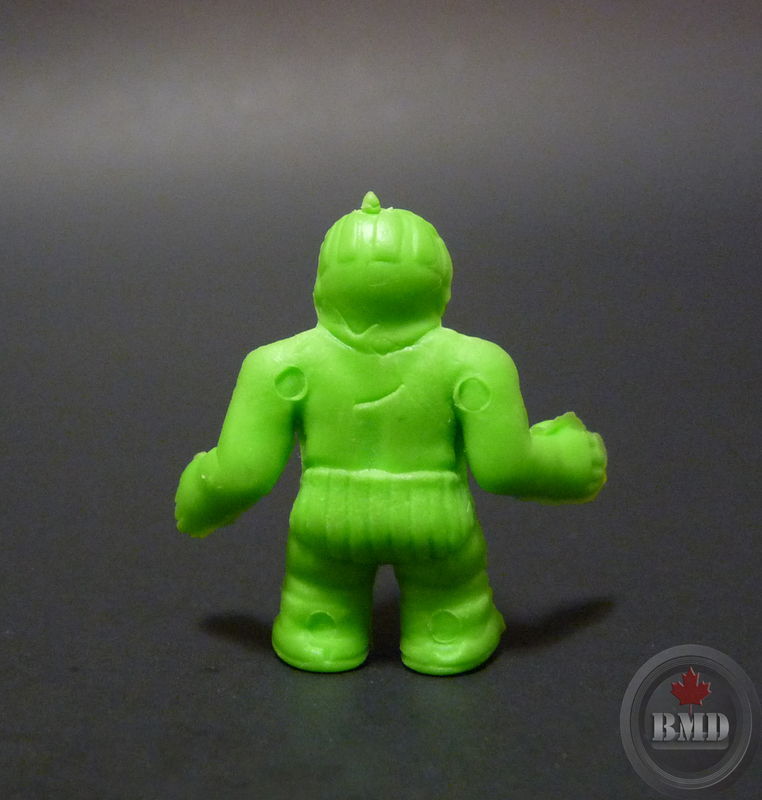
The scars on the front and back of this Mil Mascaras keshi matches the cream
coloured variant (also featured in this blog post); most likely indicating that
both variants came from the same production run.
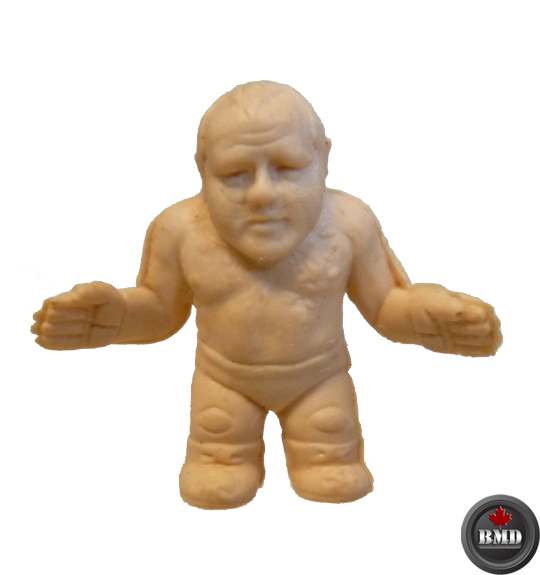
Dory Funk Jr.
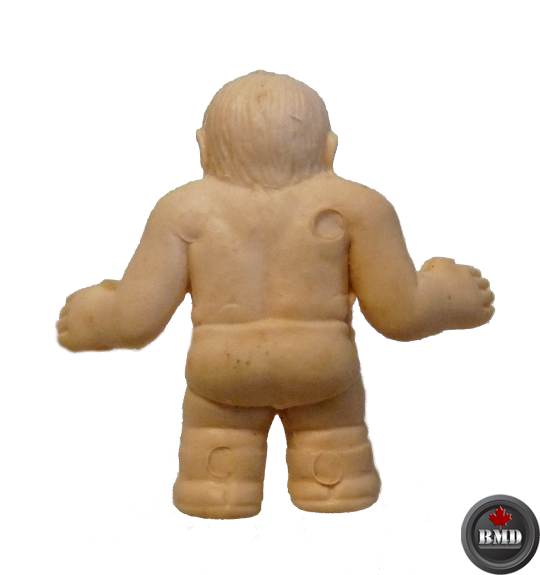
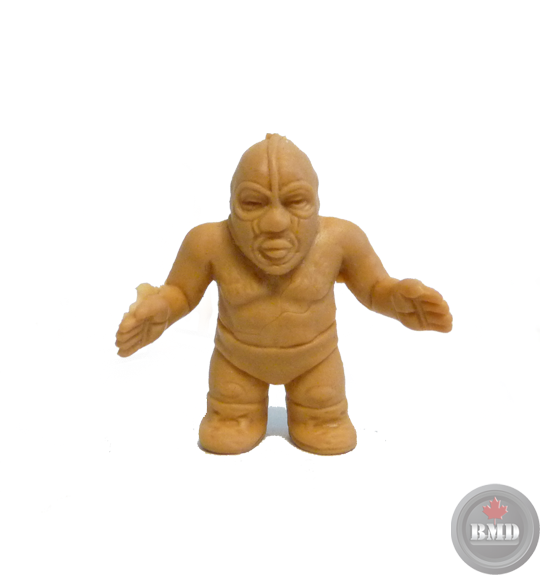
Possibly the world's first The Destroyer figure in cream colour.
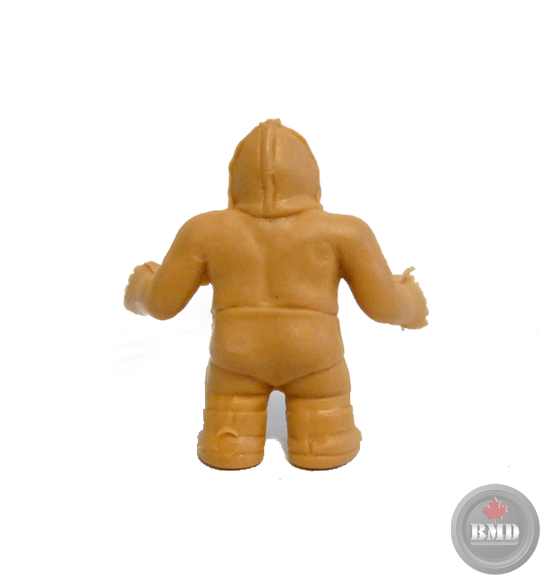
The Destroyer red variant.
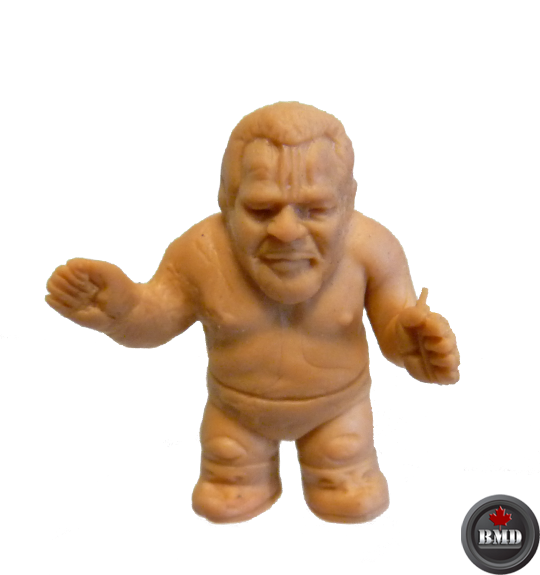
The world's first The Sheik (Ed Farhat) figure complete with forehead scars.
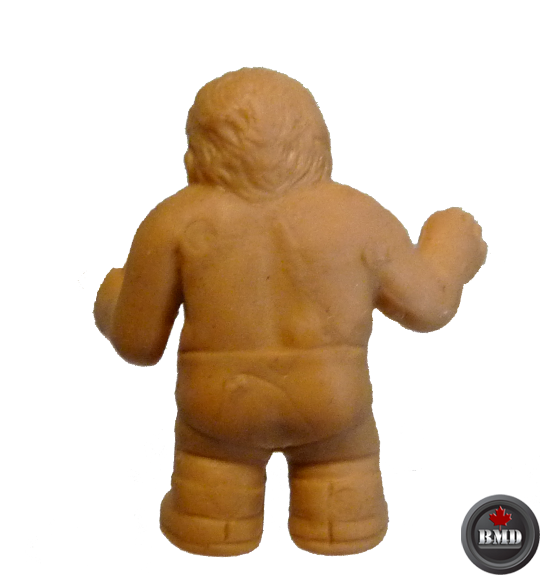
Despite his incredible popularity and pioneering qualities in the world of
Pro-Wrestling, The Sheik only received one figure in Japan during his
lifetime (the few coffee figures to follow were released posthumously
starting in 2004).

While The Sheik only had one figure, it did come in different variants;
such as the above example in orange.

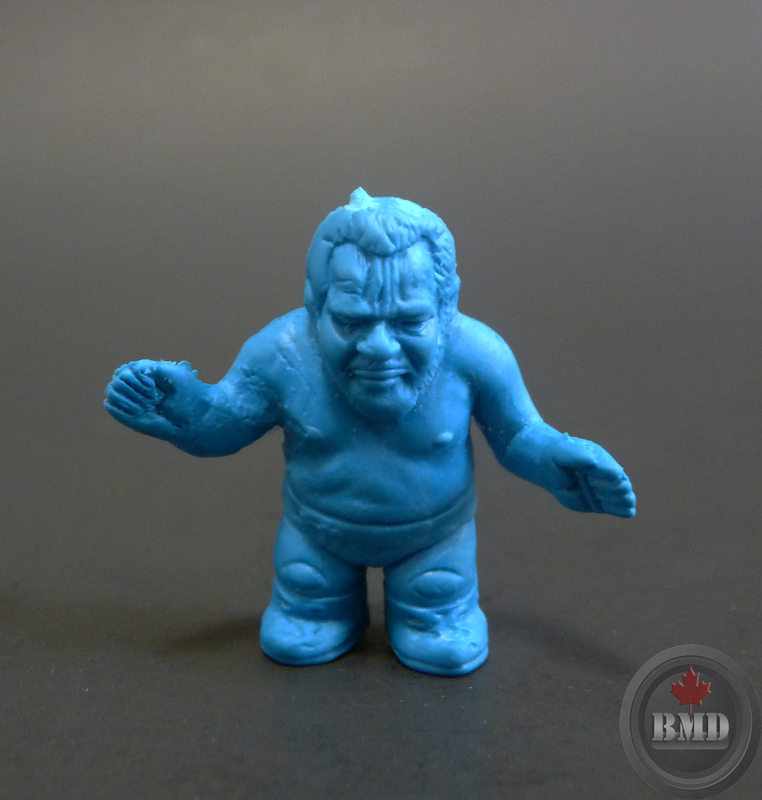
The Sheik blue variant.
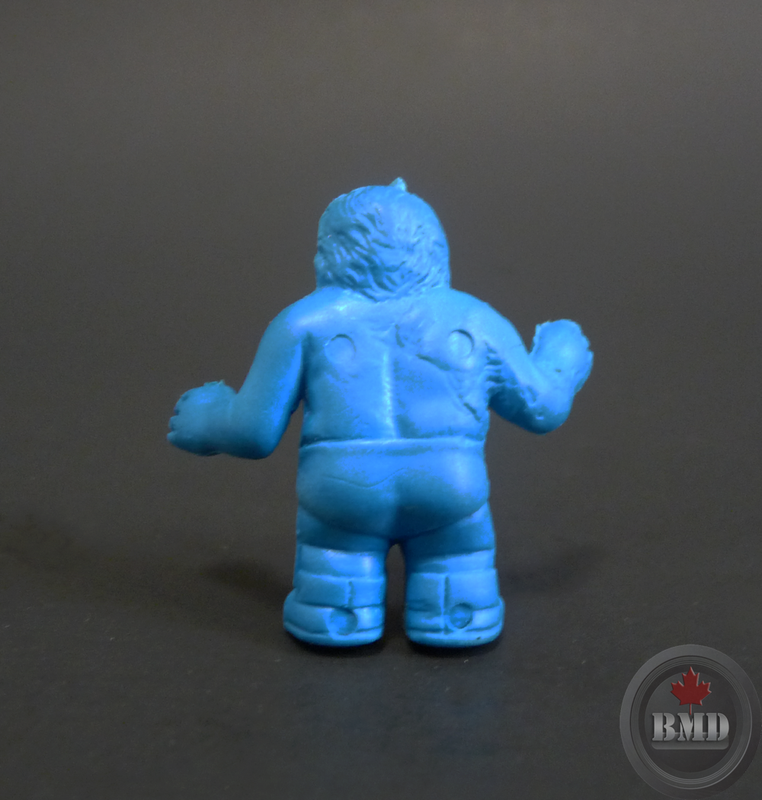

A young Jumbo Tsuruta with his first Keshi figure treatment.

If memory serves me correctly, Jumbo Tsuruta's first figure was actually
a bendable figure released in the 1970's alongside Jumbo's mentor: Giant
Baba.
.png)
Antonio Inoki's tag partner Seiji Sakaguchi.
.png)
To this day, these tiny, 1 inch Pro-Wrestling erasers from Japan remain an
obscurity to most collectors; (many of whom don't even know they exist!).
Having never been released outside of Japan and by being overshadowed by
BANDAI's Kinnikuman/M.U.S.C.L.E. (which would first hit Japanese store
shelves in 1984) line didn't offer Popy any favors in the early 1980's.
Ultimately, BANDAI would release the last wave of "The Pro-Wrestle"
keshi in 1986 just as the original Keshi boom was coming to an end in Japan.
BANDAI would then shift their focus on the company's Kinnikuman brand
while promotions such as New Japan and All Japan Pro-Wrestling started
to look to other toymakers for other merchandising options.
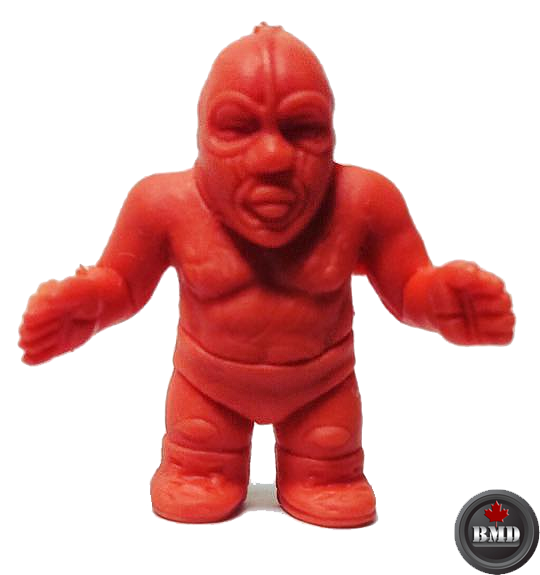
No comments:
Post a Comment